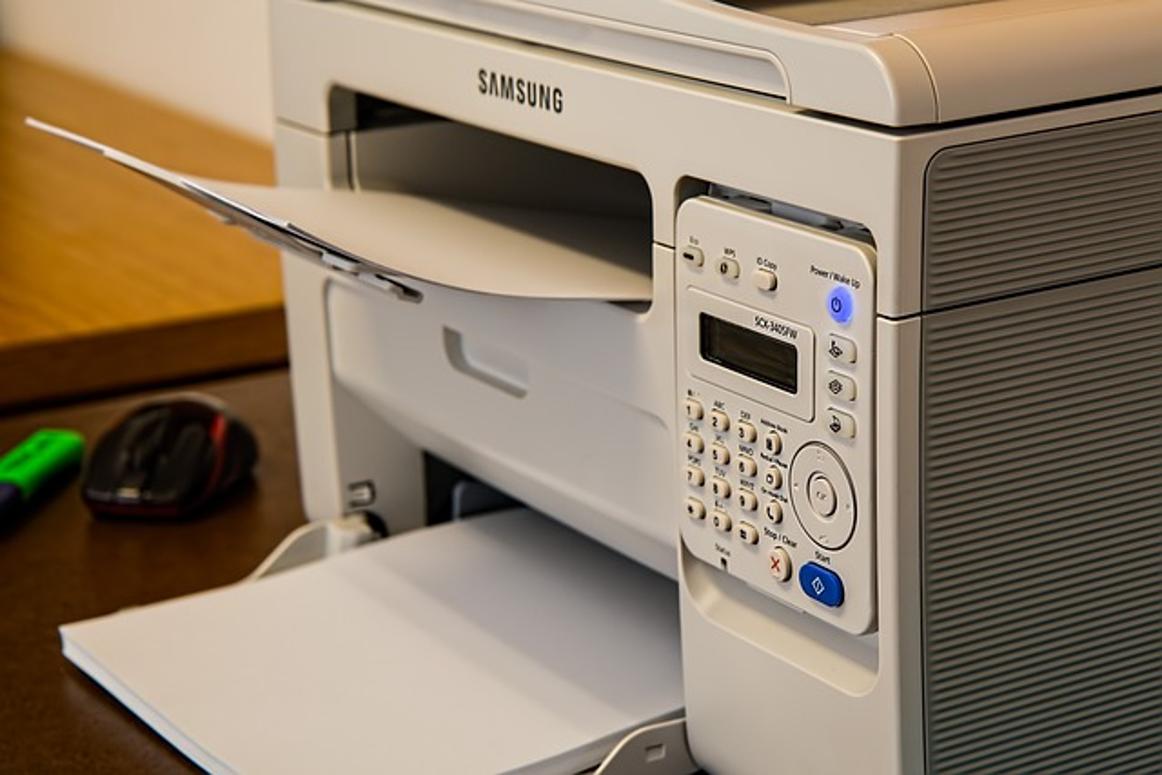How to Connect My Printer to WiFi
Introduction
Connecting your printer to a WiFi network can significantly enhance your productivity and streamline your workflow. Whether you are using it for home or office purposes, a WiFi-enabled printer allows you to print from multiple devices without the clutter of cables. This comprehensive guide will walk you through the step-by-step process of connecting various printer models to WiFi. Additionally, we'll cover methods to connect via smartphones or tablets, troubleshoot common issues, and provide best practices for optimal performance.

Preparing for the Connection
Before you embark on connecting your printer to a WiFi network, it's essential to be well-prepared. Here's what you need to do:
Ensure Printer Compatibility with WiFi
Not all printers have WiFi capabilities. Check your printer's manual or the manufacturer's website to confirm that it supports wireless connections. If your printer is WiFi-compatible, it should display a WiFi icon or have network settings in the menu.
Check Your WiFi Network Status
A stable WiFi network is crucial for uninterrupted printing. Ensure that your WiFi network is functioning correctly by connecting other devices to it. Avoid connecting your printer to a public or unsecured network, as it might expose your data to security risks.
Gather Required Information (SSID and Password)
To connect your printer to your WiFi network, you will need the network's SSID (network name) and password. You can usually find this information on your router or by accessing your network settings on a connected device.
Connecting Different Printer Models to WiFi
Different printer models have different procedures for WiFi setup. Here's a guide for the most popular brands.
Connecting an HP Printer to WiFi
- Turn on your HP printer and ensure it is within range of your WiFi network.
- Navigate to the printer's control panel and open the 'Network' or 'Wireless Settings' menu.
- Select 'Wireless Setup Wizard' and follow the on-screen instructions.
- Choose your WiFi network from the list of available networks.
- Enter your WiFi password and press 'OK' to connect.
Connecting a Canon Printer to WiFi
- Turn on your Canon printer and ensure it has a stable power supply.
- Press the 'WiFi' button until the indicator light starts blinking.
- Select 'Wireless LAN Setup' and press 'OK.'
- Choose 'Cableless Setup' if available, or manually select your WiFi network.
- Enter the WiFi password and confirm the connection.
Connecting an Epson Printer to WiFi
- Turn on your Epson printer and ensure it is ready.
- Press the 'Home' button and navigate to 'WiFi Setup.'
- Select 'WiFi Setup Wizard' and press 'OK.'
- Choose your WiFi network from the list and enter the password.
- Confirm the connection and print a test page.
Connecting your printer via smartphone or tablet offers flexibility, enabling you to print directly from your mobile devices.
Connecting via Smartphone or Tablet
Whether you use an iOS or Android device, connecting to your printer wirelessly is a breeze.
Using iOS Devices
- Ensure that your iPhone or iPad is connected to the same WiFi network as your printer.
- Open the document or image you wish to print.
- Tap the 'Share' icon and select 'Print.'
- Choose your printer from the list of available options.
- Adjust the print settings if necessary and tap 'Print.'
Using Android Devices
- Download and install the relevant printer app from the Google Play Store (e.g., HP Smart, Canon PRINT, or Epson iPrint).
- Connect your Android device to the same WiFi network as your printer.
- Open the document or photo you want to print.
- Tap the three-dot menu icon and select 'Print.'
- Choose your printer, set your preferences, and tap 'Print.'
If you've followed the steps and your printer still isn’t connecting, troubleshooting might be necessary.

Troubleshooting Common Issues
Here are some common problems you might encounter and how to resolve them:
Printer Not Detected by WiFi Network
- Ensure your printer is within the WiFi range.
- Restart your printer, router, and computer or mobile device.
- Double-check your SSID and password.
- Update your printer's firmware to the latest version.
Invalid WiFi Password Error
- Re-enter the correct WiFi password.
- Verify that there are no spaces before or after the password.
- If the issue persists, reset your WiFi router and try again.
Printer Disconnects Frequently
- Place your printer and router closer together to ensure a strong signal.
- Avoid interference from other devices or networks.
- Update both your router's and printer's firmware.
- Set a static IP address for your printer to maintain a stable connection.
Once you have successfully connected your printer and resolved any issues, perform final checks to ensure everything runs smoothly.
Final Checks and Best Practices
Verifying Printer Connectivity
Print a test page to confirm the connection. Ensure your printer appears as an available device on all connected computers and mobile devices.
Optimizing WiFi Signal for Printer
Place your printer near your WiFi router to maintain a robust connection. Avoid placing the printer in enclosed spaces or far from the router.
Regular Maintenance Tips
Regularly update your printer's firmware, perform clean cycles, and check for software updates for optimal performance. Maintaining a clutter-free printer environment also helps in its longevity.

Conclusion
Connecting your printer to a WiFi network opens up a world of convenience, enabling you to print from any device without the hassle of cables. By following the outlined steps for various printer models and mobile devices, you can enjoy seamless printing experiences. Additionally, the troubleshooting tips will help you resolve common issues, ensuring a stable connection.
Frequently Asked Questions
What should I do if my printer is not connecting to WiFi?
If your printer is not connecting, ensure it’s within WiFi range, restart your devices, and verify the network details. Updating the printer firmware might also help.
How can I find my WiFi network's SSID and password?
You can find your WiFi network’s SSID and password on your router’s label or by accessing the network settings on a connected device.
Why does my printer keep disconnecting from the WiFi network?
Frequent disconnections can be due to weak signals, interference, or outdated firmware. Move your printer closer to the router, reduce interference, and update the firmware to resolve this issue.



